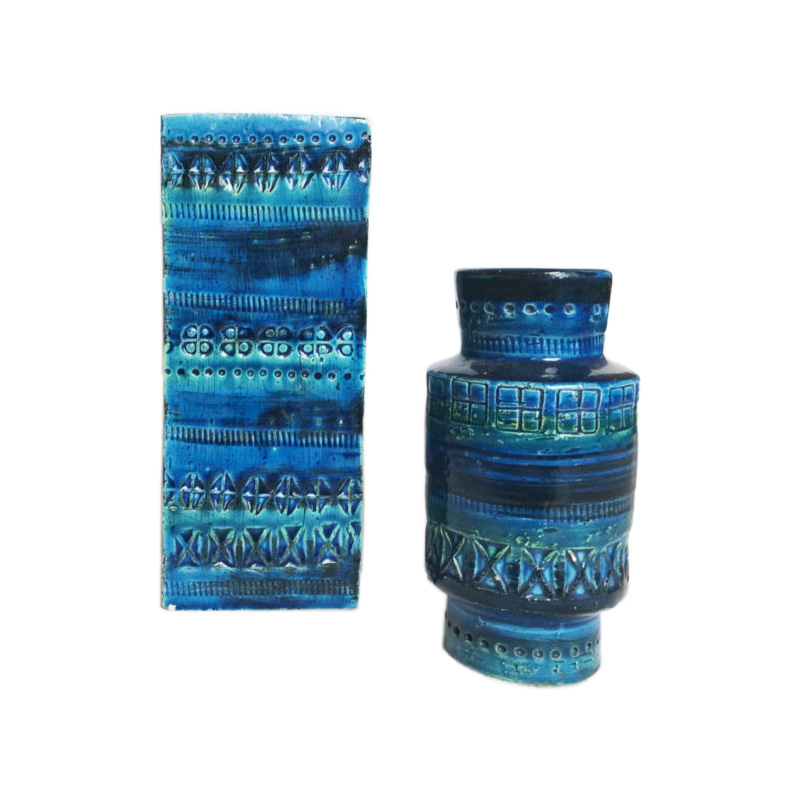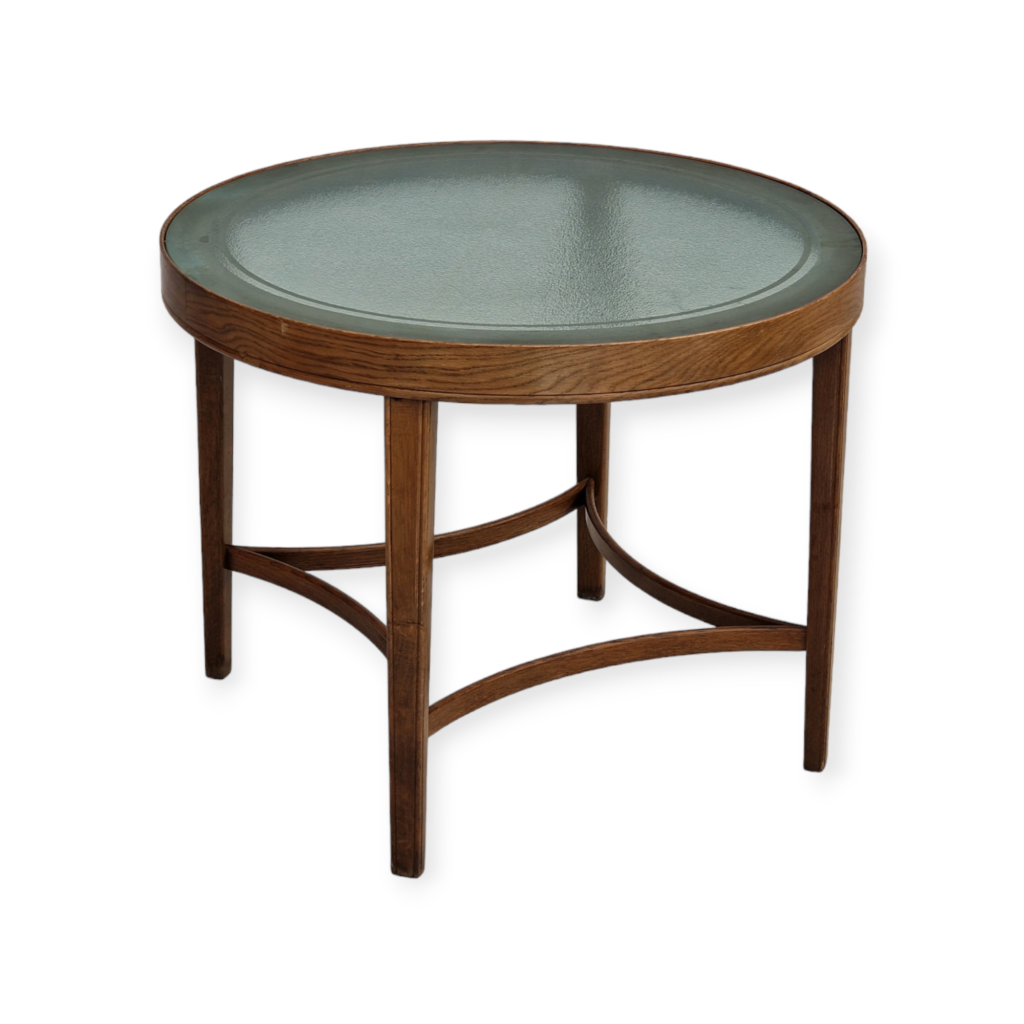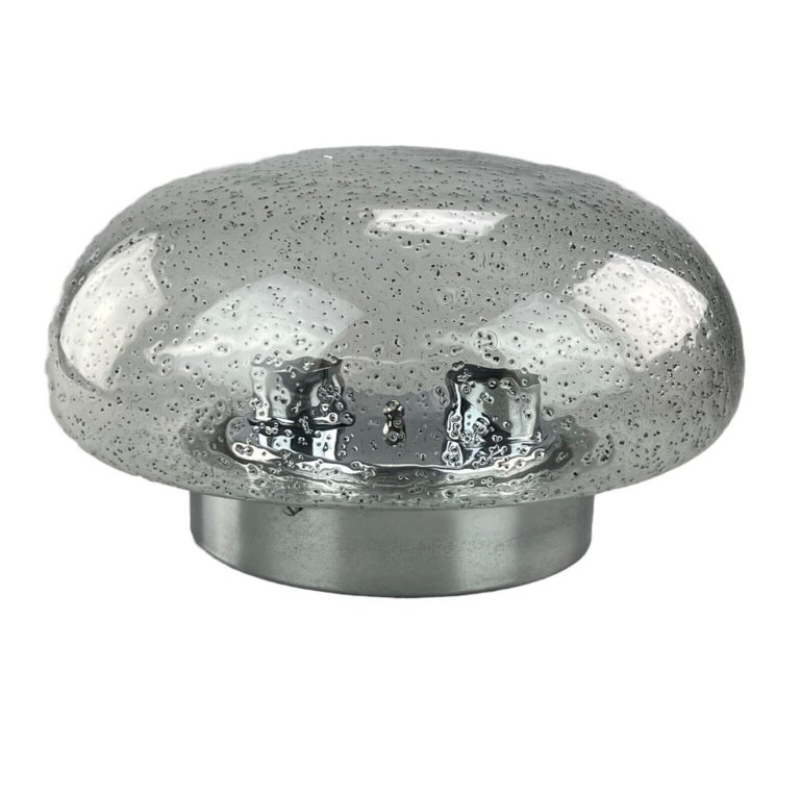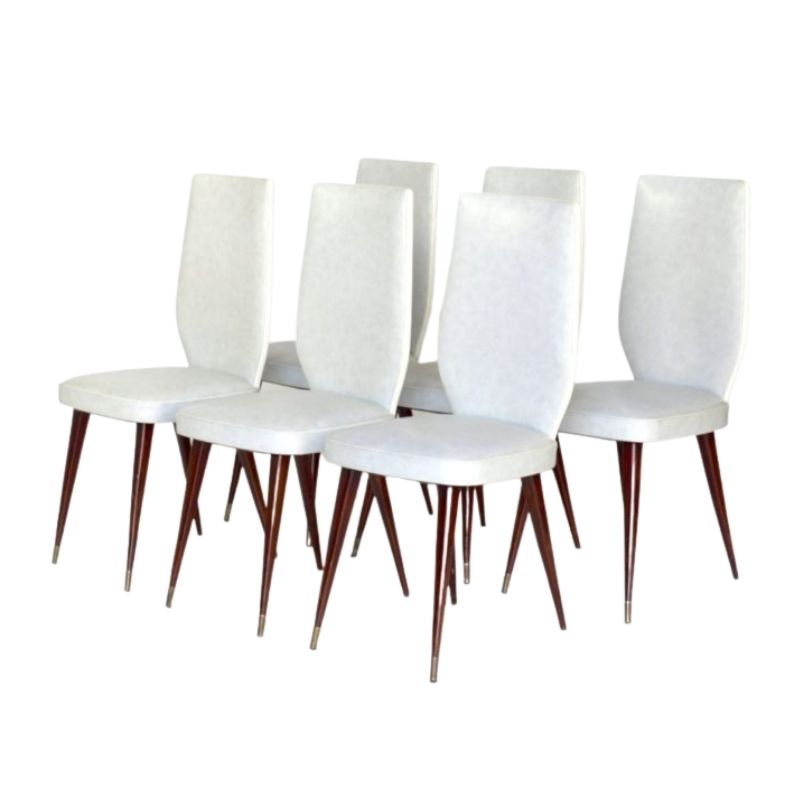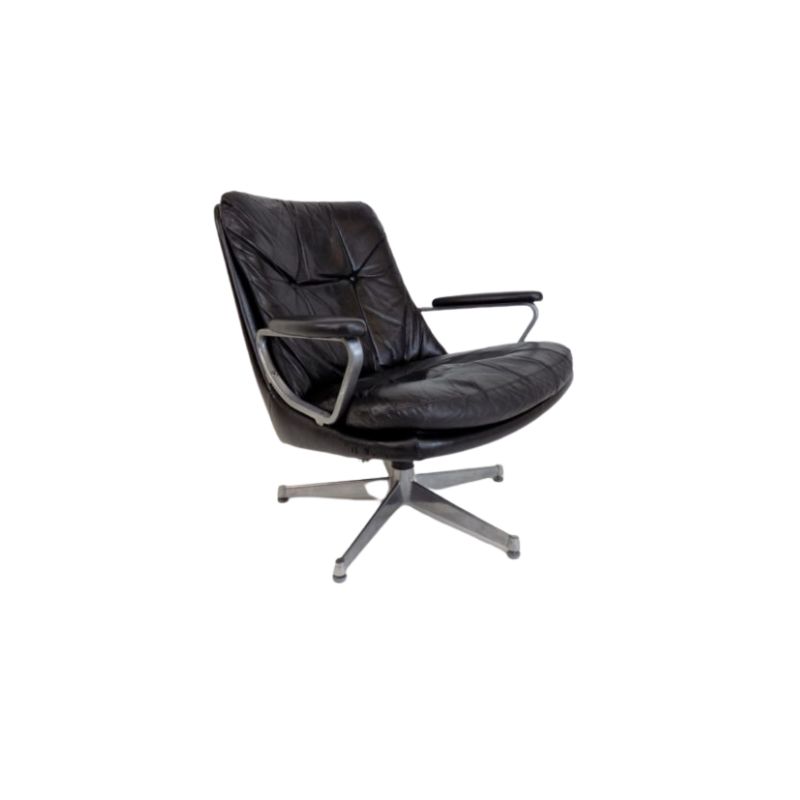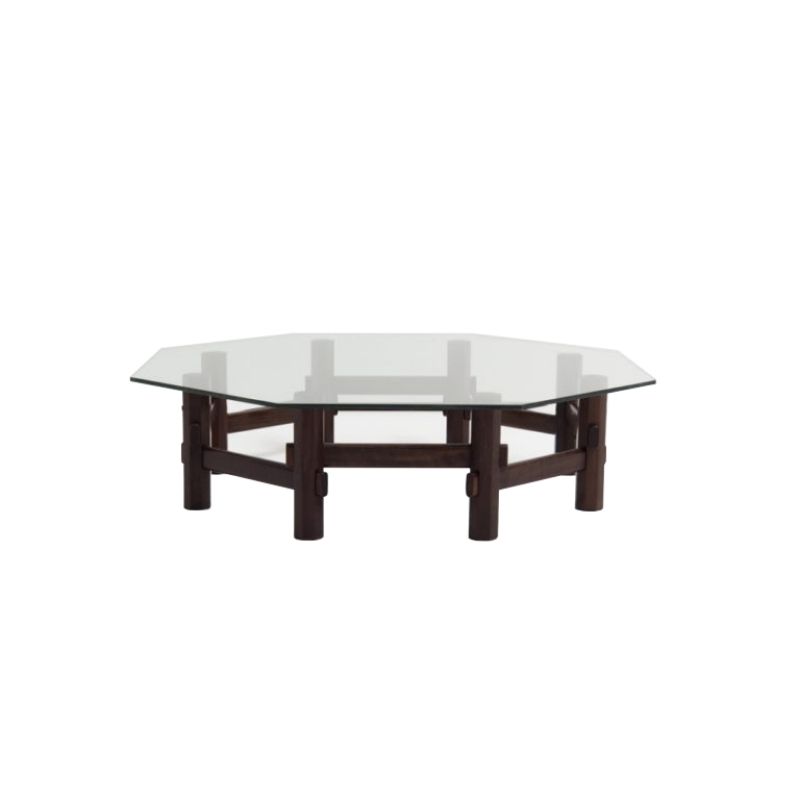Hi all, this is my first repair post, so I hope I am doing the protocol correctly. I am looking for some advice on how much to clean up or restore what I believe to be an early- or mid- 1950s Eames LCM. The professional restoration cost in my area is outside my budget, so I prefer to do what I can myself, but need some basic guidance.
The seat shock mounts have failed, and I purchased some replacement ones with epoxy and am prepared to adhere them. Directions for that seem straightforward. The back shockmounts seem good to me, so I wasn't planning to replace those.
The finish (is it likely a lacquer, from this era?) seems rather faded, even gone in some spots, and the underlying wood seems dry or "thirsty," and brittle-feeling in parts. I'm gathering from reading posts on here that stripping the finish and redoing it is disfavored, but would love any advice on how to restore some cheer to the looks of this chair.
Overall, the chair feels like it could use a good cleaning to make it look a little more happy as well. Is soap and water a good idea? Mineral spirits and a cotton cloth? Mineral spirits and super fine steel wool?
And unsurprisingly, there are any variety of scratches, nicks, dents, and veneer chips, none or all of which could in theory be addressed. A few of these are pictured, and most of these are beyond my competence. Overall, I would rather keep imperfections in the chair than try to get everything looking new.
Overall, I would just like to breathe a little life into the chair, as it feels a bit neglected.
Any advice on how I can respectfully improve this chair without going overboard would be most welcome. Thank you!

I would do nothing but cleaning the base and give slightly polish, and replace the shock mounts.
This version of shock mounts is no longer manufactured, but we have the next generation in good quality, correct vulcanized neoprene, not polyurethane!
If you get the old ones intact off, I'll swap them for free for new ones. I collect samples of old components.
@coastcoaster, Welcome to the DA Forum. Great chair!
I'd go along with @design-restorat here and simply say, "First, do no harm."
My old pal, Les Ismore, might say it's OK to clean the entire thing by giving the wood surfaces a vigorous rubdown with clean rags and naphtha, remove some of the corrosion product from the frame with #0000 steel wool and naphtha or soap and water, replace detached, crumbling, or loose shock mounts and boot glides with appropriate spares, fill minor veneer losses and/or glue down any loose veneer, and finish by putting a light coat of nitrocellulose lacquer on both sides of the back panel and the top only of the seat panel and rub out with 4/0 steel wool to a satin sheen.
I'd probably go along with that advice, too, but I'm an agreeable sort (usually) and possess a good understanding of the differences between "restoration" and "conservation" when it comes to caring for old stuff.
@design-restorat thanks for the advice, and I actually did clean up the base a little, removing some of the rust/corrosion. the seat shockmounts are all off, and I did already obtain replacements (not from your company, but presumably a competitor). That said, I'm happy to send you the old shockmounts, as I've no use for them myself! The back shockmounts are still intact and not moving with some firm pulling on them, so I will leave them be. Let me know how to get in touch and where to send.
@tktoo2 thanks I appreciate the welcome, and the suggestions from your friend Les. I actually like that approach as most of it seems within my competence. Curious, though, when you say to "fill minor veneer losses," is Les suggesting filling it with veneer or one of the filler/putty type products? I assume the former? And being in expert on various finish products, I'm curious what is the difference between "nitrocellulose lacquer" and "any old lacquer" that I might see on a hardware store shelf?
Having read several Eames LCM/LCW repair threads on this forum, I'm also interested in the restoration v conservation balance. For this chair, I don't have any plans for it beyond my personal use, but I always felt like it needed a good clean up or just some TLC even for that purpose, as it bums me out to see the scratches/dents/chips. I know I can live with it and all those defects, but a good part of me wants to bring some more life out of it--not brand new-looking, mind you, but just a touch more proud of itself. Anyway, I suspect the degree to which one restores is in the end a highly subjective decision, but I am curious what motivates those who fall on the "conserve" or even "do nothing" side of things, especially when something is purely for personal use.
I don't want to impose our shock mounts, but you should be careful not to use polyurethane shock mounts!
We have customers every week who exchange polyurethane shock mounts to the original Neoprene material after they have broken, because the inlay is not connected to the material!
Polyurethane is non flexible, all material stresses go into the plywood!
Middle is a vintage Herman Miller shock mount. Neoprene was dried out, so we were abele to use a grinder with a wire brush to uncover it.
The silver disk on the right shows correct inlay (before vulcanized). Above the silver inlay it shows a correct vulcanized shock mount, we where barely able to get the Neoprene off the inlay!

@design-restorat I am not certain the material of the ones I received but happy to have a look at yours if you'd like to trade some for the originals. Let me know how to get in touch with you directly, thanks,
@coastcoaster, Apologies for delayed response.
Conservation vs. restoration. The former dictates that any treatment be minimally (if at all) invasive and reversible without causing damage to or altering the object in any way. With restoration, anything that can return functionality and/or make it look better goes. Most professional restorations I've seen have been somewhere between the two. It's easy to overdo it once started. A drawing instructor once warned me that success requires knowing when to stop.
There's probably not much difference between nitrocellulose lacquer and what you might find in a spray can on the shelf at your local hardware store ...as long as it doesn't say "acrylic" somewhere on the can. You should test the existing finish on the chair to determine compatibility before anything else. Fills can be either wood, putty, burned-in lacquer, or some combination. Plenty of YouTube instructional videos for all of these techniques, I'm sure.
You've got a nice old design icon in very good condition. Part of me would like to see it stay just as it is, but I understand that it needs a little work to make it usable. Start small, work thoughtfully, don't sand through that wonderful warm patina, it's literally microns deep. Remember, you can always f it all to hell later.
Good luck!
Edit: So I just went back to look at your photos because something was bugging me about the finish. I now think it's likely that, at some point, someone put an oil finish on top of the worn original lacquer as an ill-advised attempt to tart things up. You can see evidence of this where the original finish was missing and oil was absorbed into the bare veneer, further darkening these areas. Too bad there's no practical way to remove these stains. It shouldn't pose any compatibility issues for applying lacquer on top, but it's something to be aware of.
Thanks @tktoo2, and I appreciate the thoughts on going slow, not overdoing once in the midst of the work. I ordered some "nitrocellulose" lacquer so will test that out once it arrives. I will take to heart what you say about conservation v restoration, especially reversibility.
As for the darker spots on the seat and back, yes they certainly exist in somewhat symmetrical places. That suggests either natural even wear from use (i.e., sitting) or else as you say an unevenly absorbed finish material from a prior restoration attempt. It doesn't surprise me that the absorption is uneven, since the lacquer seems altogether missing in some spots and has cracks such that it is likely porous in others. It would not surprise me if oil could seep through this old lacquer finish.
I will go slow in the step by step -- but one more Q: I have mineral spirits on hand, but not naptha. For the general cleaning is there a significant upside to using naptha to clean this chair over mineral spirits? I certainly don't want to use the "wrong" solvent but also would prefer not to add another can of solvento my garage. Thanks for all the advise so far.
If you need any help, please contact us at – info@designaddict.com









